Upcoming auctions: how to beat the Trump bull to the china shop
Urgency in Asian-related auction sales as US threatens ‘chilling’ sanctions
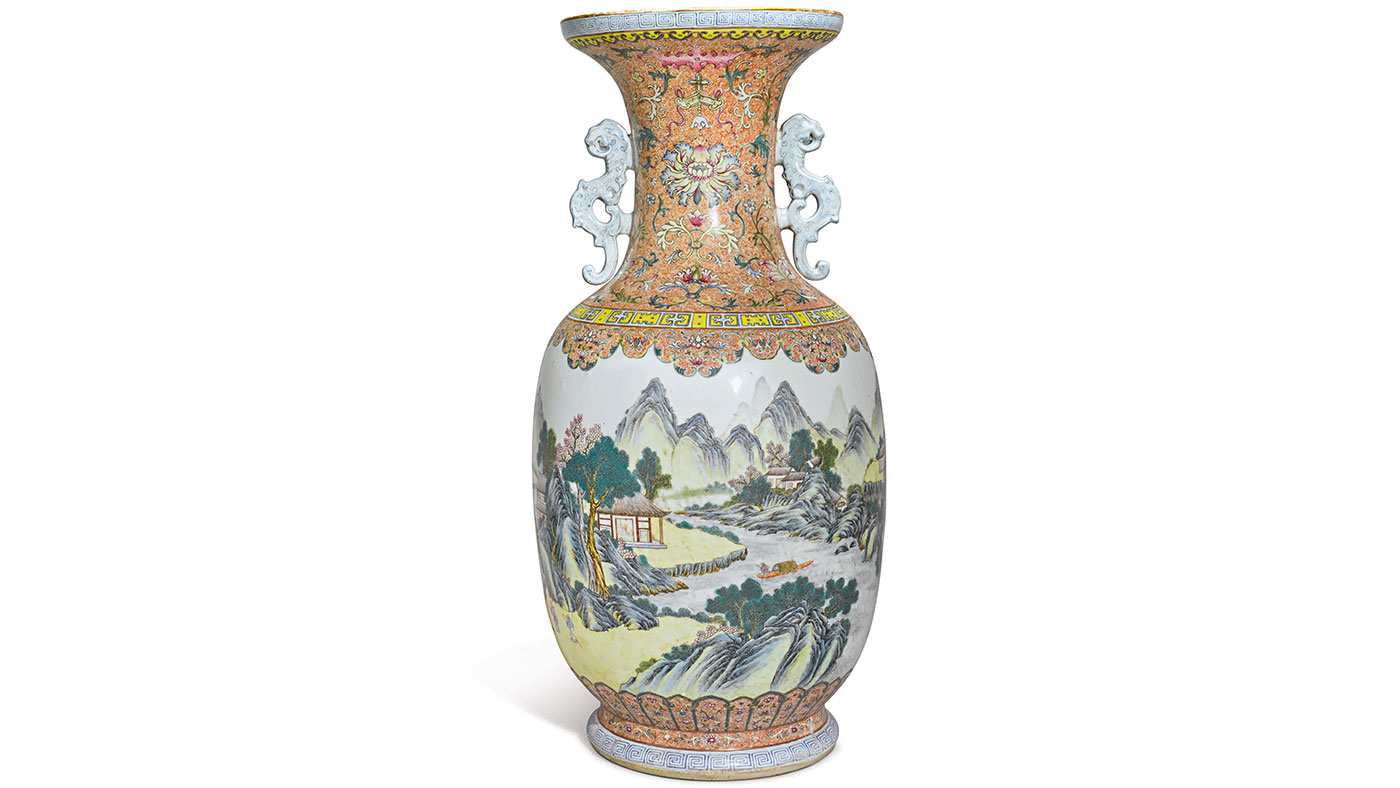

Donald Trump’s approach to diplomacy has been likened to a bull in a china shop. This has taken on new, more literal, meaning in recent weeks – the “china shop” in question now including auction rooms piled high with Ming dynasty porcelain. That’s because Trump’s latest salvo of threatened tariffs in his trade war with China covers paintings and drawings executed entirely by hand, original sculptures, and antiques more than 100 years old – in fact, any artwork that has originated in China. “That means American buyers could be required to pay 25% more for a Ming dynasty bowl sold by a British owner at an auction in New York, as well as for a painting by a young Beijing-based artist at a gallery in Hong Kong,” says Scott Reyburn in The New York Times.
Shot in the foot
The Week
Escape your echo chamber. Get the facts behind the news, plus analysis from multiple perspectives.

Sign up for The Week's Free Newsletters
From our morning news briefing to a weekly Good News Newsletter, get the best of The Week delivered directly to your inbox.
From our morning news briefing to a weekly Good News Newsletter, get the best of The Week delivered directly to your inbox.
American dealers are up in arms. They argue the sanctions will only end up hurting America, where the market in Chinese collectables is relatively small compared with mainland China. Last year $5.1bn of the $7.1bn-worth of sales of Chinese art and antiques came from the mainland, according to a report from art news website Artnet. “China will welcome [the sanctions on art],” James Lally, a New York-based art dealer, tells Artnet. “It’s a very harmful levy” that will isolate the United States as “the one place where it is 25% more expensive to bring in anything”.
So, while the deluge of Asian-related auction sales in New York over the next couple of weeks from the major auction houses doesn’t herald anything particularly out of the ordinary for this time of year, there may well be a renewed sense of urgency in the auction rooms themselves. After all, the sanctions, if they are enacted, “will have a chilling impact”, says Lally in The New York Times. “It will quickly reduce the market for Chinese art in America to a backwater.”
Auctions this autumn
Bonhams gets things under way with its sale of “Chinese Works of Art and Paintings” on 10 September, where several Chinese snuff bottles will be on display. Asian Art Week begins the following day at Christie’s, featuring everything from “fine Chinese paintings” to ceramics and jade ornaments over eight sales. But the star of the show is the Zuo Bao Yi Gui, a bronze “ritual food vessel”, dating from the tenth to the 11th centuries BC that, at one time, belonged to the 18th century Qianlong Emperor. It has been valued at up to $6m.
A free daily email with the biggest news stories of the day – and the best features from TheWeek.com
Sotheby’s “Junkunc: Chinese Buddhist Sculpture” sale on the 12 September includes a large Tang dynasty (618-907) limestone head of the Buddha, valued at up to $3m. That’s followed by its “Important Chinese Art” sale, featuring a rare Famille-Rose “landscape” vase from the Qianlong period, bearing a traditional idealised Chinese landscape scene that blends in European-inspired motifs. It is expected to fetch between $500,000 and $700,000. That’s followed the next day by two sales of classical Chinese paintings and calligraphy, and a further sale of Asian art on the Saturday. All of the above would represent quite a windfall if Trump were to get his way.
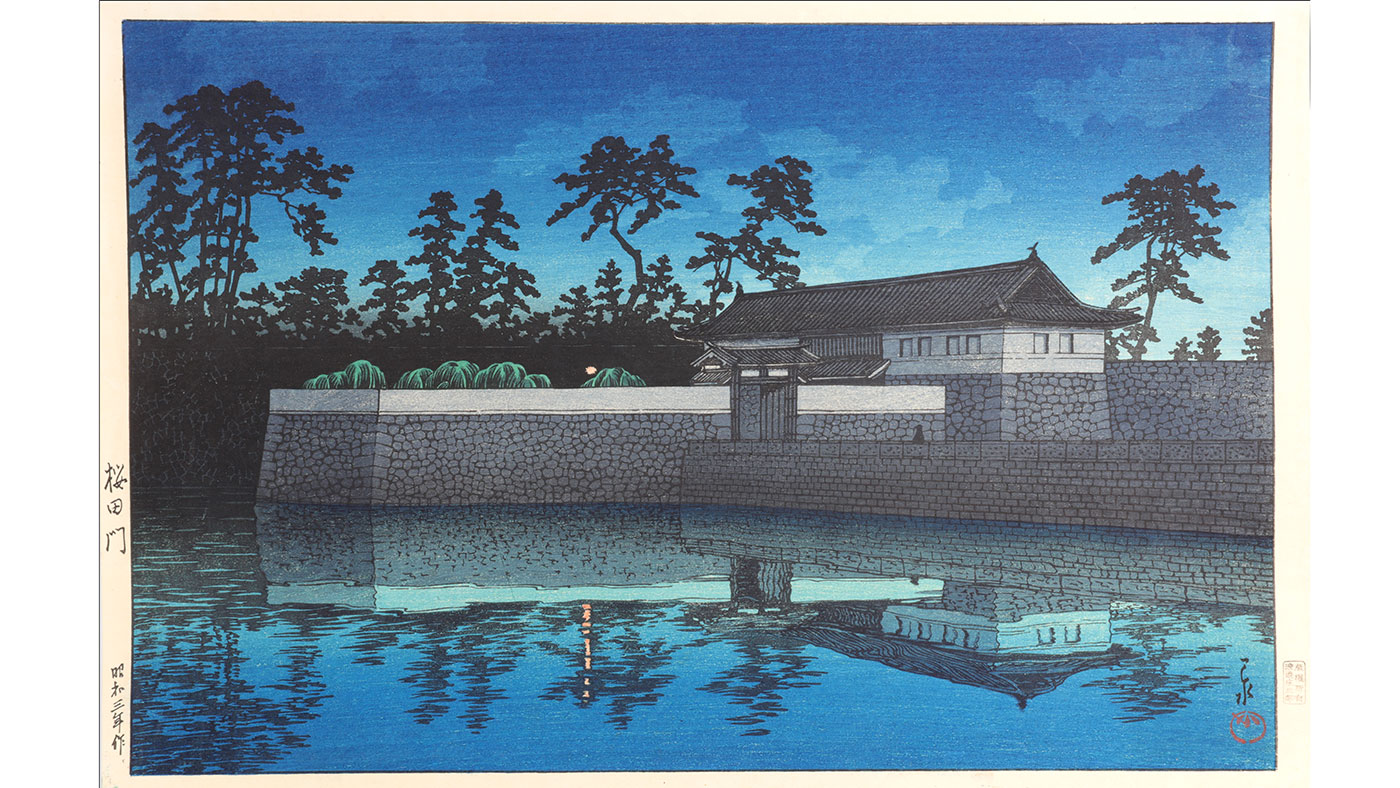
A good way to begin a collection
Chiswick Auctions is holding a sale of 19th-century Japanese woodblock prints as part of its “Asian Art” sale on Tuesday. (The prints are available for viewing from today.) Most of the estimates hover around the £500 mark, making these small, transportable prints an affordable entry-point for collectors of Asian art. Some valuations go as low as £150. Because many of these prints were printed as part of a series, there is an incentive for collectors to acquire the set.
Apart from the rarest and earliest examples, “the majority of 19th-century Japanese prints are still undervalued in comparison with Western or Chinese art and have the potential to increase in value”, says Yasuko Kido, Japanese art specialist at Chiswick Auctions. That’s because “living artists are unable to match the quality and techniques of the past”. Woodblock prints from famed artists Hiroshige and Kuniyoshi can be had for as little as £200. “Each print has a story to tell,” she says, that reflects aspects of Edo society, such as kabuki theatre, sumo wrestling and courtesans, or the wars against the Russians and Chinese during the Meiji period. Others depict beautiful landscapes in simple lines and bold colours.
Japanese ukiyo-e woodblock prints have fascinated Western artists ever since a number were displayed at the 1867 World’s Fair in Paris, says Katherine Whatley on collectables website Artsy. These early admirers would become known as the Impressionists, among them Dutch painter and collector of prints Vincent van Gogh.
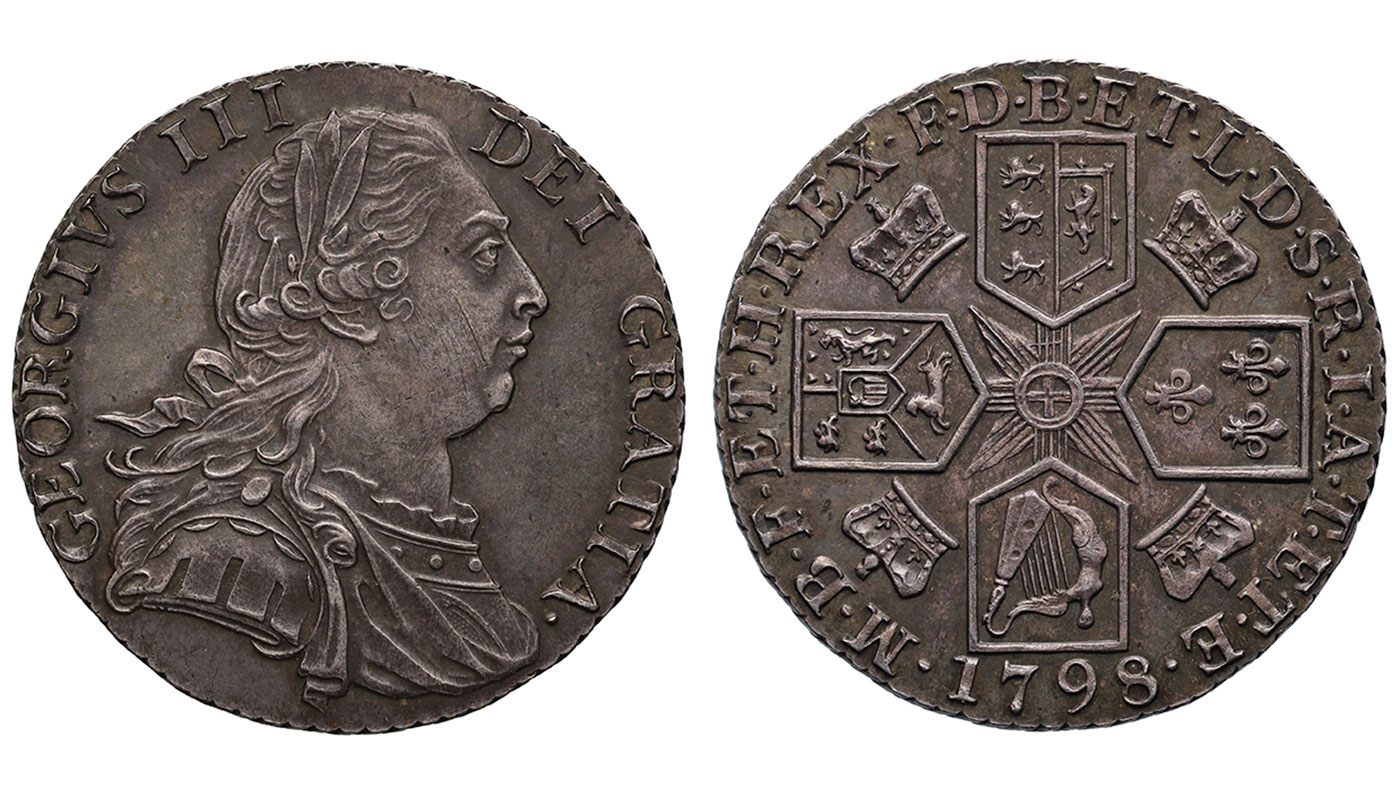
Auctions
Going…
During the French Revolutionary Wars and the reign of George III, silver became scarce. The Royal Mint invited bankers to supply silver to be
minted into coins, paying 62 shillings per pound (in weight). When in early 1798 the market price of silver fell to 60 shillings per pound, a consortium of bankers led by Magens Dorrien Magens took advantage, presenting the Mint with 9,895 pounds of silver – enough to make 600,000 silver shillings. After an estimated 34,000 shillings had been struck, the Mint halted production. At least 20 of the Dorrien Magens coins (pictured) are known to have survived – one is expected to fetch up to £20,000 at a sale held by Sovereign Rarities together with the Royal Mint on 25 September, ahead of the Coinex Show in London.
Gone…
In 1792 George Washington, as America’s first president, was presented with a $10 gold coin by a company that was looking to make the new country’s currency. However, the coin bore his profile, and fearing that it made him look too much like a European-style monarch, Washington rejected it as a design – but nevertheless hung onto the coin as a memento. A year later the first coins stamped with Lady Liberty entered circulation. In 1942, the Washington coin came into the collection of Eric Newman, who died last year, aged 106. It was sold by his son, Andy, through Texas-based Heritage Auctions for $1,740,000 on 16 August, with the net proceeds going to charity.
This article was originally published in MoneyWeek
-
 7 bars with comforting cocktails and great hospitality
7 bars with comforting cocktails and great hospitalitythe week recommends Winter is a fine time for going out and drinking up
-
 7 recipes that meet you wherever you are during winter
7 recipes that meet you wherever you are during winterthe week recommends Low-key January and decadent holiday eating are all accounted for
-
 Nine best TV shows of the year
Nine best TV shows of the yearThe Week Recommends From Adolescence to Amandaland
-
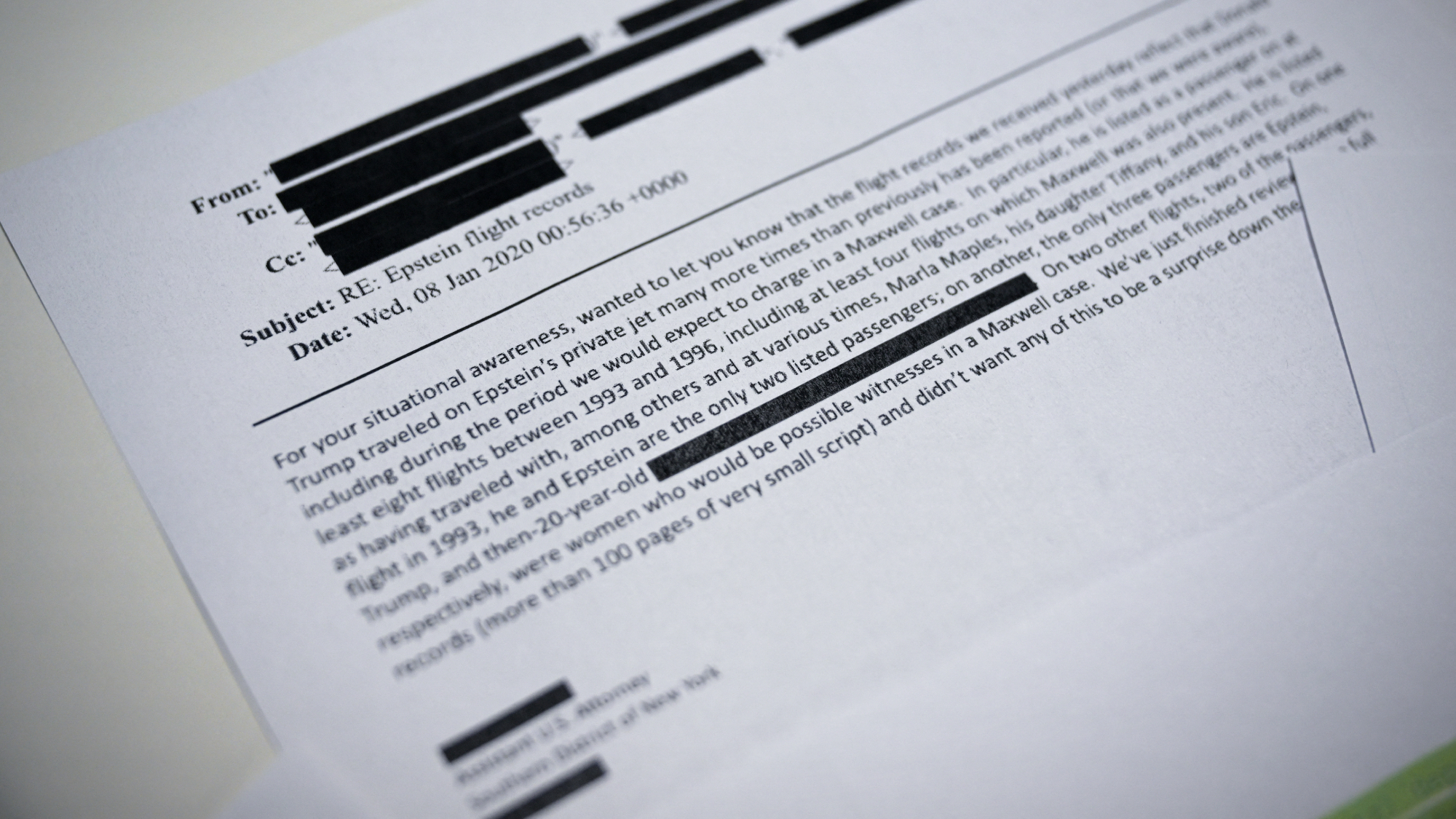 Trump appears numerous times in new Epstein batch
Trump appears numerous times in new Epstein batchSpeed Read
-
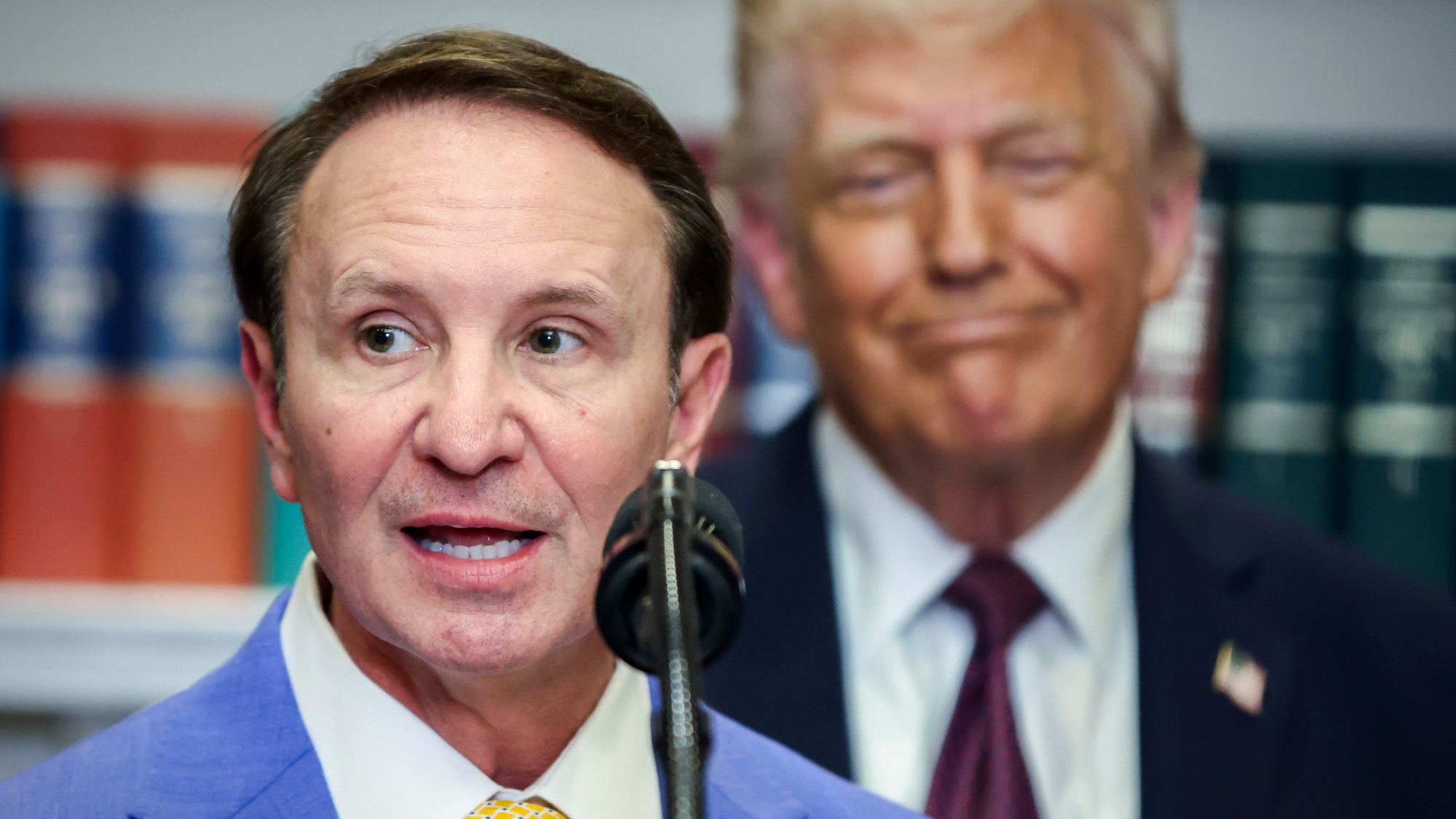 Danes ‘outraged’ at revived Trump Greenland push
Danes ‘outraged’ at revived Trump Greenland pushSpeed Read
-
 ‘Tension has been building inside Heritage for a long time’
‘Tension has been building inside Heritage for a long time’Instant Opinion Opinion, comment and editorials of the day
-
 The MAGA civil war takes center stage at the Turning Point USA conference
The MAGA civil war takes center stage at the Turning Point USA conferenceIN THE SPOTLIGHT ‘Americafest 2025’ was a who’s who of right-wing heavyweights eager to settle scores and lay claim to the future of MAGA
-
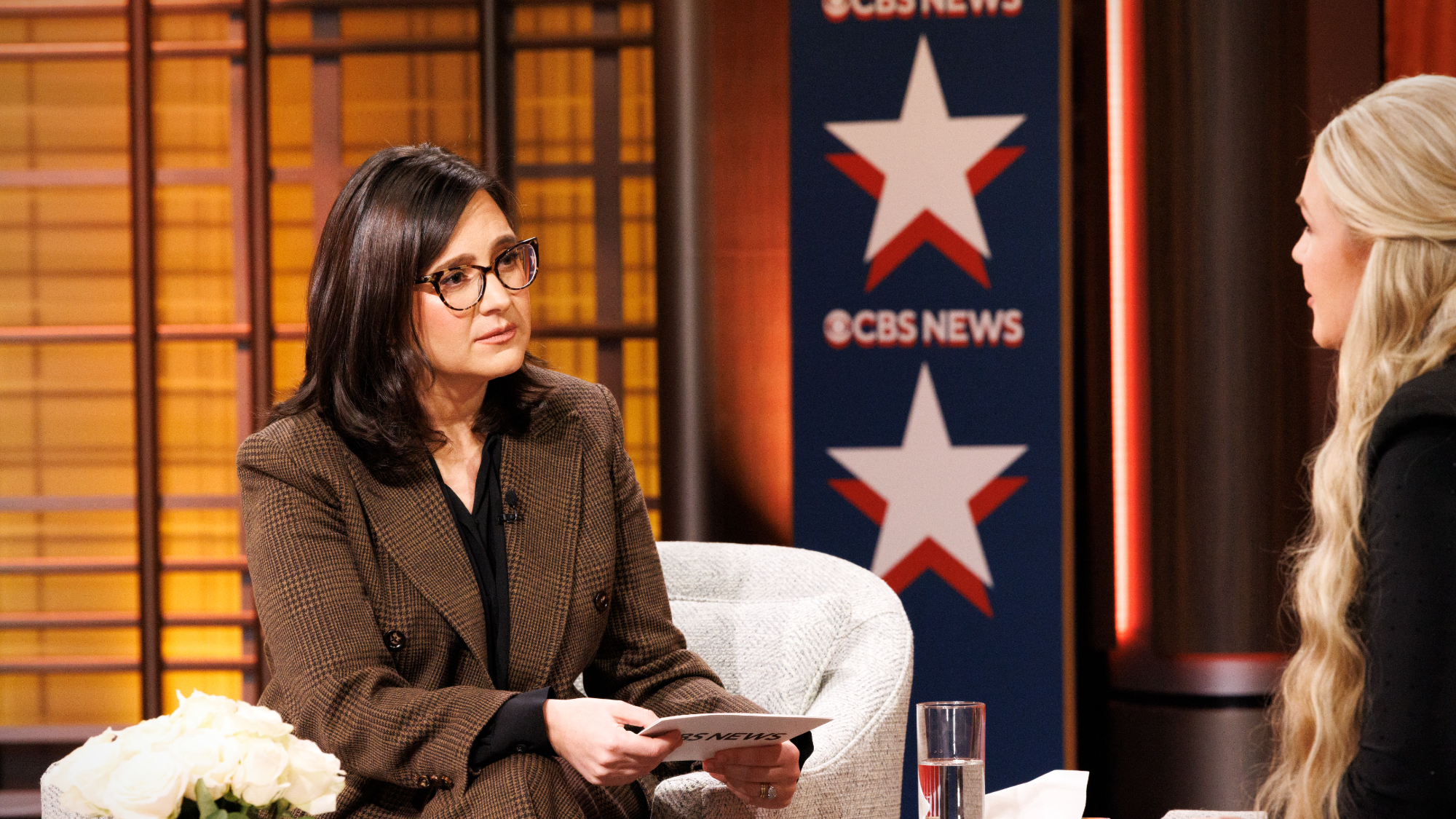 CBS pulls ‘60 Minutes’ report on Trump deportees
CBS pulls ‘60 Minutes’ report on Trump deporteesSpeed Read An investigation into the deportations of Venezuelan migrants to El Salvador’s notorious prison was scrapped
-
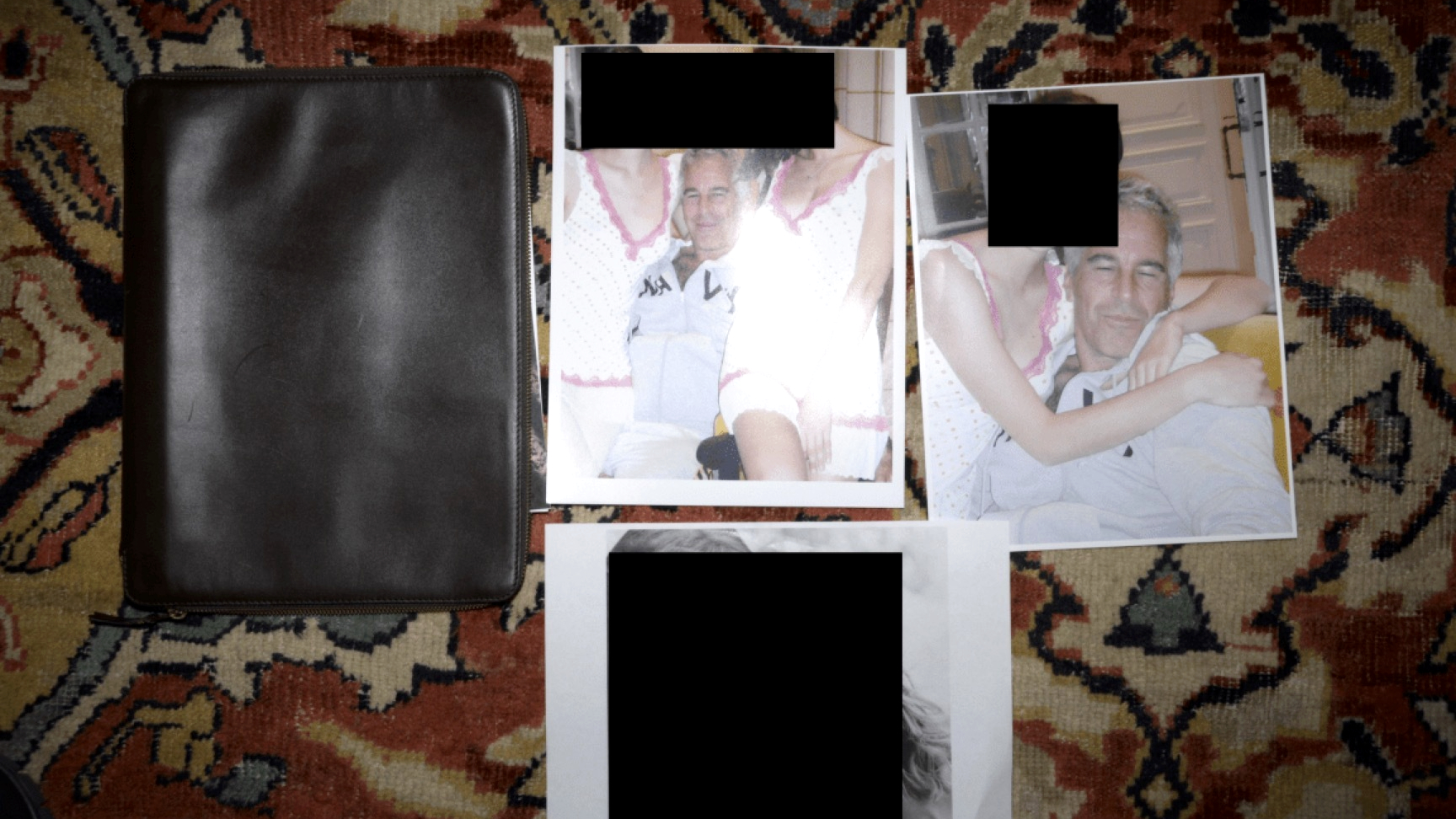 Trump administration posts sliver of Epstein files
Trump administration posts sliver of Epstein filesSpeed Read Many of the Justice Department documents were heavily redacted, though new photos of both Donald Trump and Bill Clinton emerged
-
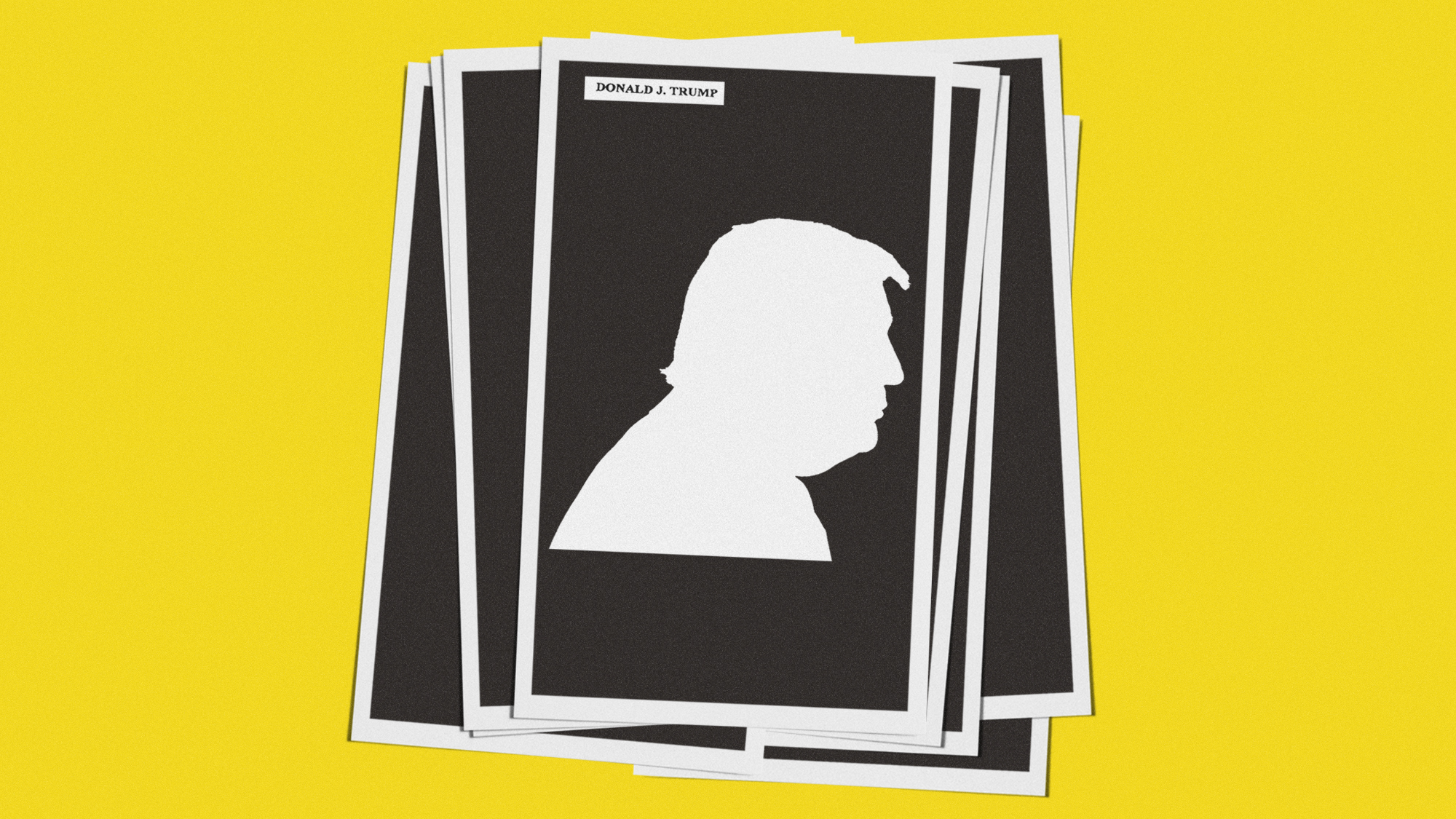 Is Trump deliberately redacting Epstein files to shield himself?
Is Trump deliberately redacting Epstein files to shield himself?Today’s Big Question Removal of image from publicly released documents prompts accusations of political interference by justice department
-
 What Nick Fuentes and the Groypers want
What Nick Fuentes and the Groypers wantThe Explainer White supremacism has a new face in the US: a clean-cut 27-year-old with a vast social media following